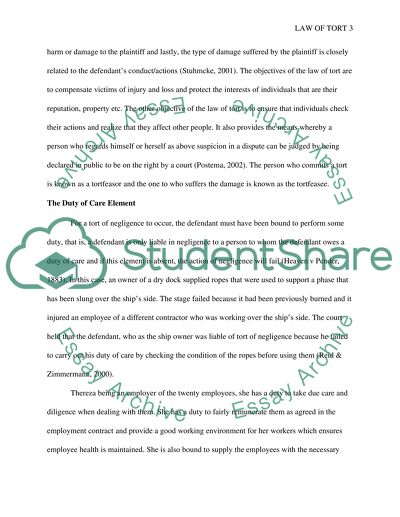Cite this document
(“Law of Tort Research Paper Example | Topics and Well Written Essays - 2000 words”, n.d.)
Retrieved from https://studentshare.org/law/1439499-law-in-business
Retrieved from https://studentshare.org/law/1439499-law-in-business
(Law of Tort Research Paper Example | Topics and Well Written Essays - 2000 Words)
https://studentshare.org/law/1439499-law-in-business.
https://studentshare.org/law/1439499-law-in-business.
“Law of Tort Research Paper Example | Topics and Well Written Essays - 2000 Words”, n.d. https://studentshare.org/law/1439499-law-in-business.


